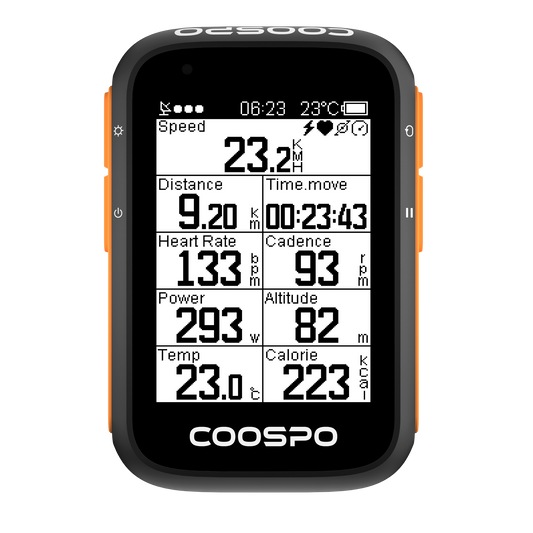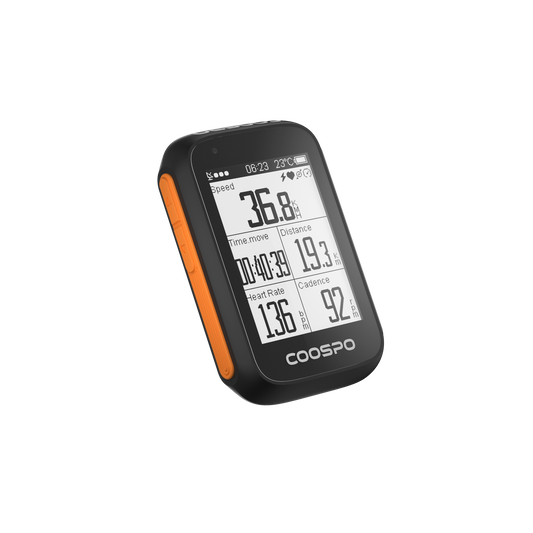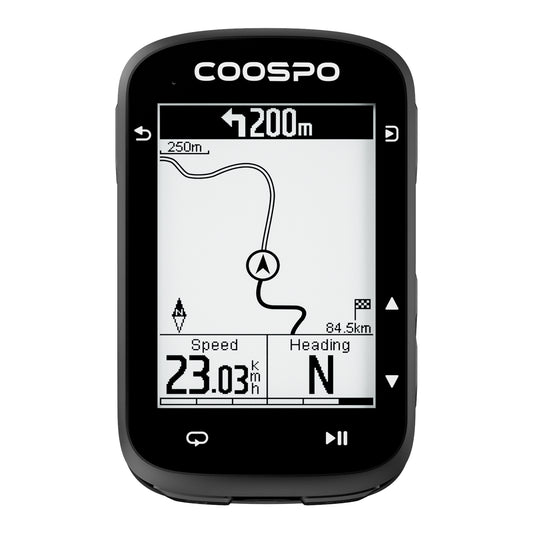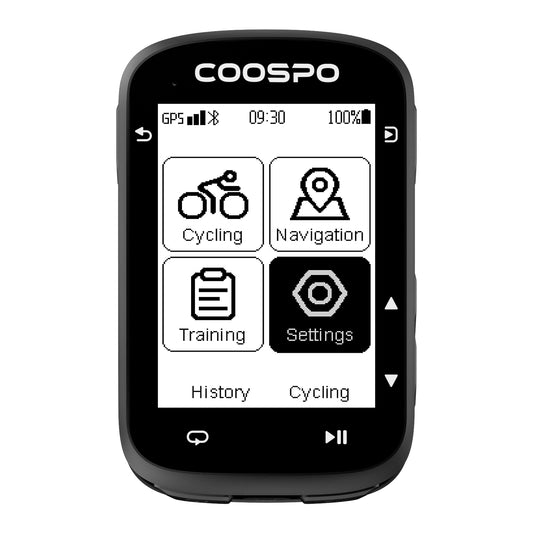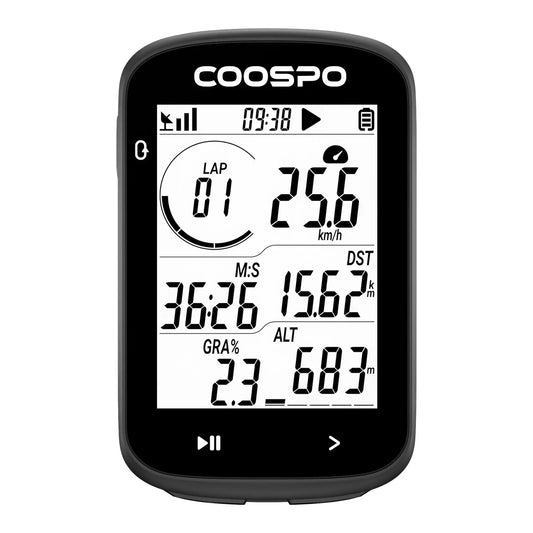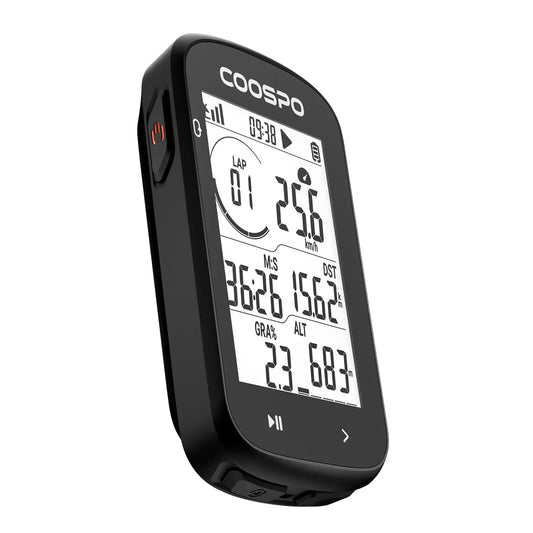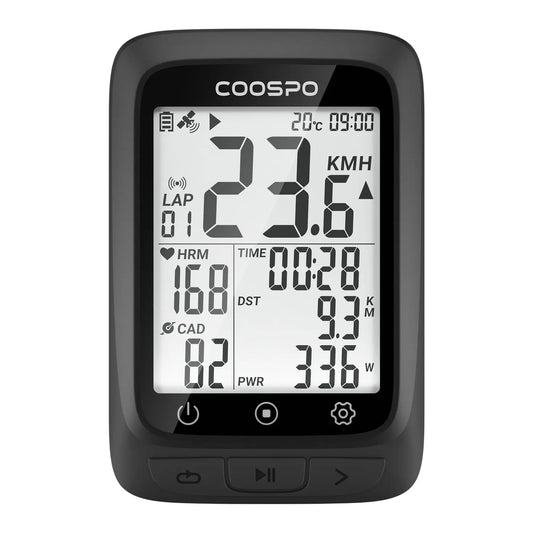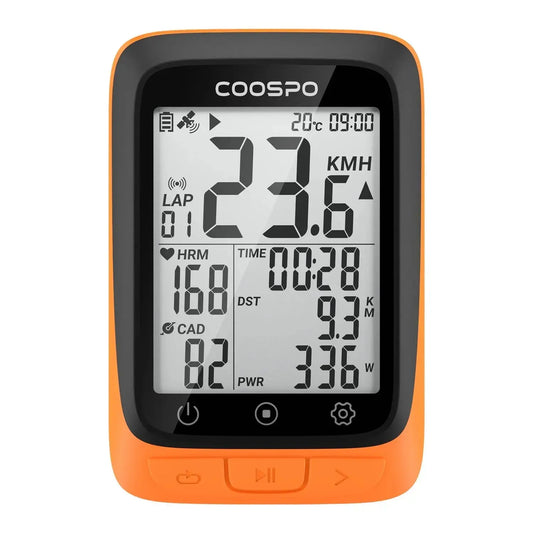Heart Rate Training for Runners: A Performance Guide
Heart Rate Training for Runners: A Performance Guide
If you're new to heart rate training as a runner, it's worth understanding. The idea is straightforward: Your heart, like any muscle, can be trained. With the right workouts, you can improve its efficiency. This means it pumps more blood with each beat, supplying more oxygen to your leg muscles, helping you run longer. It clears out waste from your muscles more effectively when they're working hard.
By understanding and adjusting this, you can improve your endurance and overall health.
Heart rate training helps runners monitor their cardiovascular fitness and adjust their training based on their fitness level and goals. It offers a more objective way to track progress compared to relying solely on how hard they feel they are working.

With new wearable tech like heart rate monitors or smartwatches, it's easier than ever to keep tabs on your heart rate. These devices track your heart rate continuously while you wear them, making it simple to check your resting heart rate quickly. They also give you stats on your average and maximum heart rate during exercise.
An Introduction to Heart Rate Training
Rating intensity or effort on a scale of 1 to 10 can be tricky. It's subjective and can change from person to person or day to day, depending on how tired you are.
While each of our hearts is unique in its own right, varying in size and rhythm, ideally, our heart should beat regularly and predictably in response to the intensity of physical exertion.
You can figure out your maximum and average heart rate for a specific exercise to determine different intensity levels or zones to work in. This helps you work with various energy systems.
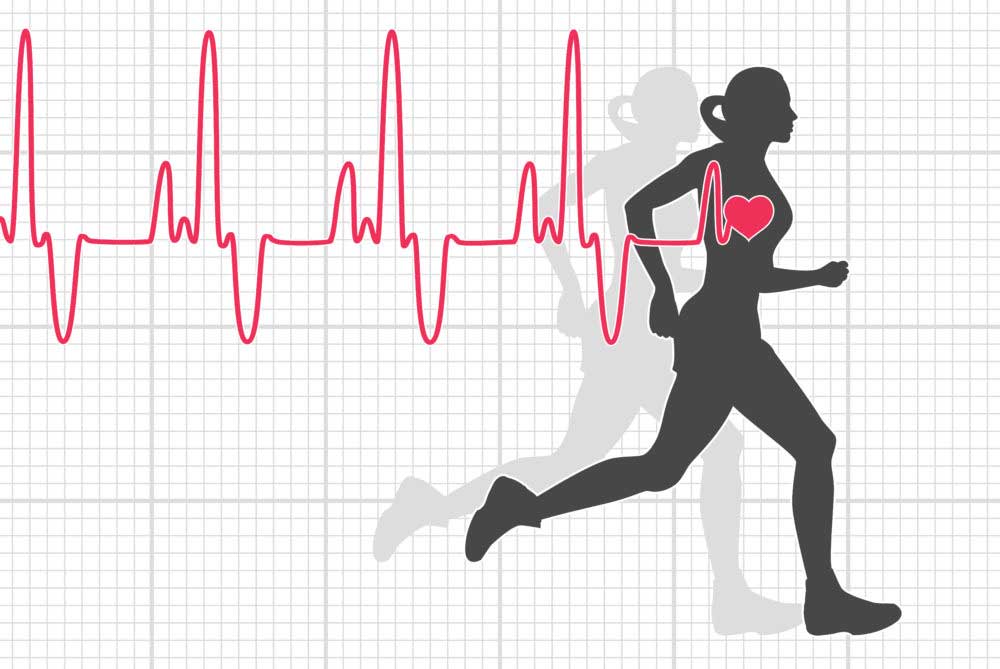
One of the major advantages of heart-rate training is its reliability compared to the uncertainties in our minds. The heart, unlike the mind, operates without deception. It simply fulfills its duty, exerting the necessary effort to accomplish a task. In a healthy state, the heart does not prompt us to doubt our ability to continue. It operates within its capacity, allowing us to either proceed or to recognize our limitations and cease.
This leads to trustworthy, dependable, and steady data. For those who love training details, it also provides the most useful stats – ones that you can measure and use to monitor progress.
Optimizing Performance Using Maximum Heart Rate
To effectively use heart rate training, it's important to find out your maximum heart rate (MHR). Your MHR is the highest number of beats per minute your heart can reach during intense exercise. There are various methods to estimate your MHR.
- The Age-Based Formula: The simplest and most commonly used method is the age-based formula: MHR=206.9 - (0.67 x your age)
- Field Test: A more precise method involves performing a field test. Warm up thoroughly and then run at a high intensity for several minutes, ideally on a track or a hill. Gradually increase your effort until you reach maximum exertion. Use a heart rate monitor to record the highest bpm you achieve. This method is more accurate but also more demanding.
- Lab Test: For the most accurate measurement, consider undergoing a lab test conducted by a sports scientist or physiologist. This involves a graded exercise test where your heart rate is monitored while you run on a treadmill or cycle on a stationary bike. The lab test provides the most precise MHR but can be costly and less accessible.
Heart Rate Training Zones Explain
Heart rate zones are typically categorized into five levels, each corresponding to increasing heart rate and perceived exertion:
- Zone 1: 50% of your Maximum Heart Rate (MHR) - Very light intensity
- Zone 2: 60% of your MHR - Light intensity
- Zone 3: 70% of your MHR - Moderate intensity
- Zone 4: 80% of your MHR - Hard intensity
- Zone 5: 90% of your MHR - Maximum intensity

By segmenting your training sessions into zones, you can monitor your heart rate readings on your Coospo heart rate monitor which has LED light while running you can ensure that you maintain a consistent intensity level throughout your workout.
However, achieving this requires discipline. There may be instances where you feel more comfortable than your HR department suggests. In such cases, it is crucial to resist the urge to accelerate beyond the recommended pace.
HR training is all about intensity rather than speed. As you get more fit, you'll naturally get faster within your heart rate zones. For example, on the first day of training, a 10k run in heart rate zone 4 might take you 52 minutes. But after eight weeks, the same run in the same zone might only take 50 minutes. It's the same level of effort and intensity, but you're running faster.
Running Workouts For Different Heart Rate Zones
In a typical training week, it is advisable to incorporate workouts aimed at various heart rate zones.
For example, consider dedicating an hour on Monday to zone 2 training, focusing on maintaining a steady pace to sustain leg movement. As the week progresses, integrate a mid-week session designed to simulate race pace. This helps gauge which heart rate zone corresponds to the desired race pace time you are aiming for.

The length of your race-pace run should match your goal distance: about 30-50 minutes for a 10k, around an hour for a half marathon, and possibly 70-80 minutes at marathon pace. This helps you gauge if your heart can handle the effort needed to finish the race at your target speed.
You should also mix in some intense efforts. Try breaking up an hour of exercise like this: Warm up for 10 minutes at a moderate pace (zone 2), then do four 10-minute bursts of high-intensity exercise (zone 4), with 2 minutes of rest between each burst. Finish with a 10-minute cool-down at a moderate pace (zone 2).
This kind of exercise session improves your heart and lungs, helping you endure intense effort better and recover faster afterward.



